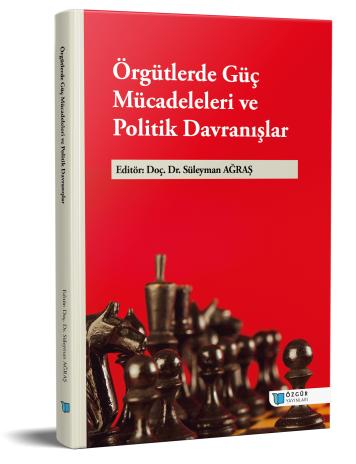
Organizational Structure and Dynamics
Chapter from the book:
Ağraş,
S.
(ed.)
2025.
Power Struggles and Political Behaviours in Organizations.
Synopsis
This study examines various management approaches to provide a comprehensive explanation of the concept and definition of organizations, while exploring the historical development of management theories. It evaluates the notion of organization through the lenses of classical, neo-classical, and modern approaches. In doing so, it explains how these theories conceptualize organizations and presents their evolution in a chronological framework. The study reveals how these processes have influenced organizational structures and how conceptual distinctions have emerged over time. Furthermore, it discusses the fundamental components that constitute organizations, addressing both physical and human factors. The research also focuses on organizational culture and key organizational dynamics, including purpose, mission, flexible organizational structures, communication and information flow, and types of motivation. It includes an assessment of the effects of motivation within organizational settings. In addition, the study examines how the concept of power is shaped in organizations, identifies the sources of power, and analyses its relationship with similar concepts. Ultimately, it emphasizes that for organizations to achieve an effective and successful structure, they must establish a balanced harmony among critical elements such as people, culture, and technology.

